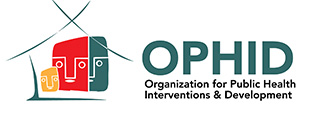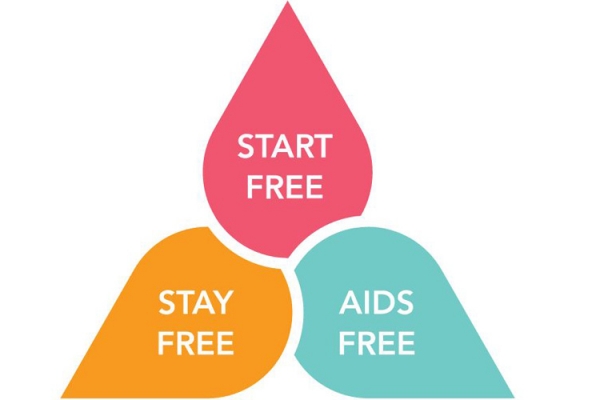A new generation of Zimbabweans “Start Free” with PMTCT
Policy Advocacy and Communications Manager (OPHID)
It is a great joy to all mothers to hold a healthy baby. In 2010, a baby born to an HIV positive mother in Zimbabwe, had one in four chances of being infected with HIV, through mother to child transmission. However, the country has made significant progress in reversing this situation. Thousands of babies are now starting out HIV free, thanks to the national Prevention of Mother to Child Transmission of HIV program and its implementing partners.
In 2013, Zimbabwe adopted the World Health Organization (WHO) guidelines which recommended the provision of lifelong Antiretroviral Therapy (ART) to all HIV positive pregnant and breastfeeding women (Option B+). The guidelines also recommended the immediate initiation of ART for all HIV-positive children less than five years of age. As a leading partner, the Organization for Public Health Interventions and Development (OPHID), with funding from the United States President’s Emergency Plan for AIDS Relief (PEPFAR) through the United States Agency for International Development (USAID), provided technical support for the successful transition to Option B+ in 10 provinces of Zimbabwe. By the end of 2014, 1,560 healthcare facilities were offering antiretroviral therapy in antenatal services, bringing life-saving treatment closer to HIV-positive mothers and their infants.
“While access to lifesaving ART has greatly improved through Option B+ with a coverage of about 85% by the end of 2015, follow up and retaining these mothers and their babies in HIV care remains a priority for our program”, says FACE HIV Consortium Technical Advisor, Dr.Talent Maphosa. “There is now a need to consolidate these gains as we drive towards virtual elimination of new paediatric HIV infections. In 2017, our program will focus on risk differentiation in PMTCT, to enable us to identify mothers at high risk of transmitting HIV to receive escalated care’, added Dr. Maphosa.
Treat All initiative provides Early treatment for an AIDS free Zimbabwe
Although the drive has focussed on ensuring that Zimbabwe gets to zero new HIV infections, children and adolescents living with HIV are not being left behind. With improved access to treatment, children, adolescents and young women living with HIV can aspire to full and healthy lives. The FACE-HIV program is supporting efforts to increase the percentage of children and adolescents living with HIV who are enrolled on ART. The program prioritizes the provision of integrated HIV testing, care and treatment services in 348 health facilities across 22 high HIV burden districts. Through the FACE-HIV Consortium’s efforts, health facilities have been supported to expand entry points for HIV testing, identification of HIV exposed children and screening of clients for TB. From October 2015 to September 2016, 365 infants (below 1 year), 1,548 children (1-9 years), 3314 adolescents (10-19 years) and 4,193 young women (20-24years), who tested HIV positive accessed lifelong ART (FACE HIV Program data, September 2015 to October 2016). Access to treatment has saved them from HIV related illnesses.
With the continuing evolution of the global HIV/AIDS response, Zimbabwe is now transitioning to Treat All, providing ART to all People Living with HIV. This follows the release of the WHO 2015 guidelines which recommend the immediate initiation on ART for everyone who is HIV positive, regardless of CD4 count or WHO clinical stage (WHO, 2015). Since June this year, OPHID, in collaboration with the MOHCC and the FACE HIV consortium partners, supported the Treat All learning phase in 7 districts (Mutare, Mutasa, Chipinge, Makoni, Bulilima, Mangwe and Gwanda), aiming for an increase in the number of people living with HIV who access treatment early. During the first month of implementation, the Treat All initiative recorded a 22.8% increase in the number of newly identified HIV positive clients who were started on ART, without waiting. Early lessons show that clients appreciate the ability to access treatment upon diagnosis and there is no more “stress of waiting”, associated with the previous guidelines.
As treatment becomes available for everyone who is HIV positive, the FACE HIV Consortium partners continue to encourage every Zimbabwean to know their HIV status and to access treatment early, if HIV positive. Staying on treatment will ensure that people living with HIV have improved health, reduced risk of transmission and achieve viral suppression. This will put Zimbabwe on the right path to achieve an AIDS free future.
End:


